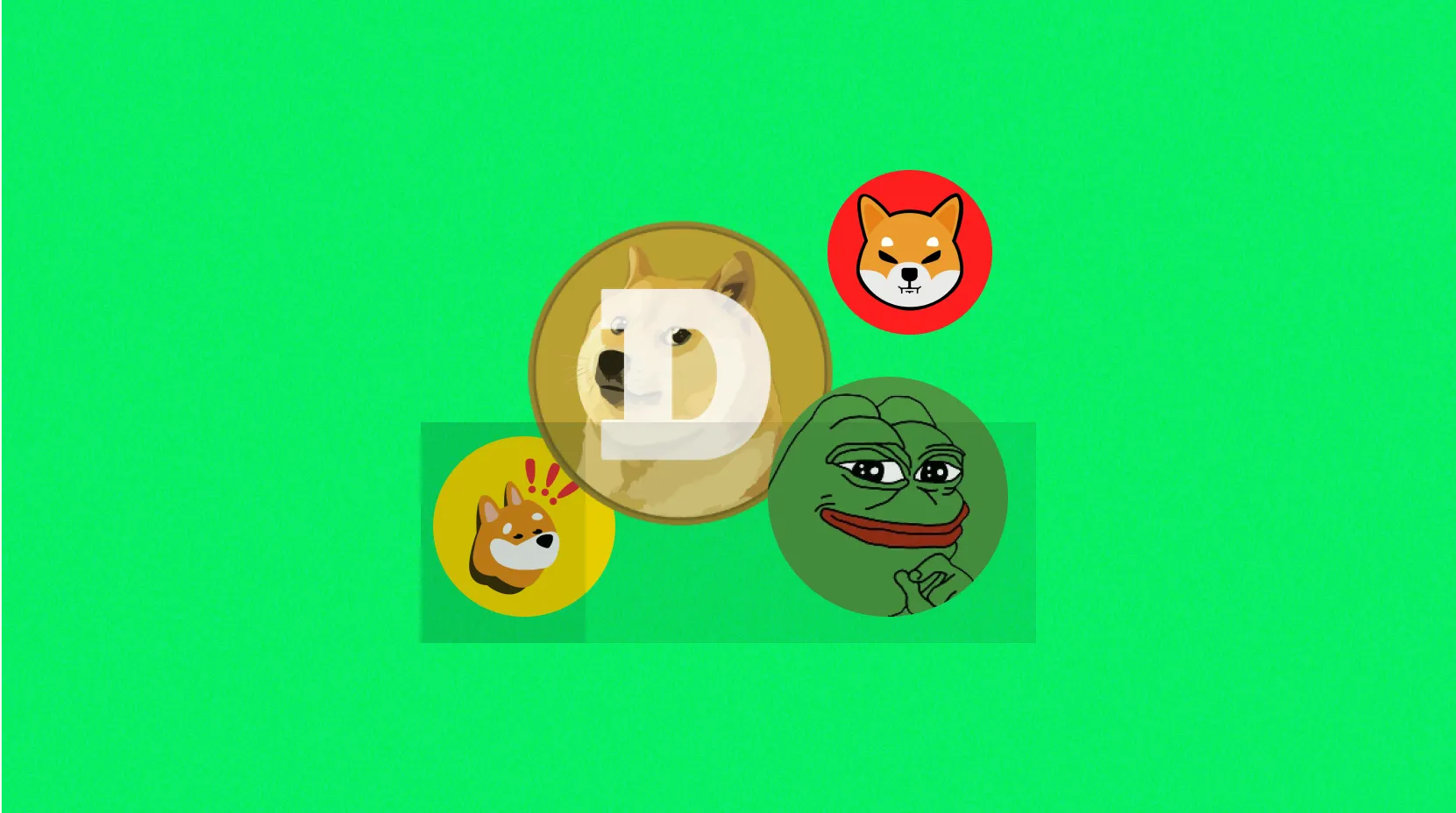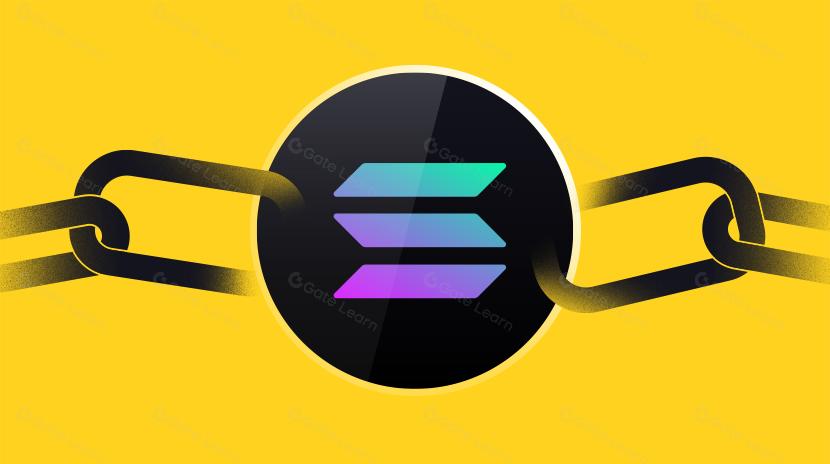DAPP

Decentralized Applications (DApps) are applications that run on a distributed network rather than being controlled by a single entity. They are built on blockchain or other peer-to-peer networks, implementing functionality through smart contracts, and represent a paradigm shift in application development. Unlike traditional centralized applications, DApps don't rely on central servers to process business logic or store data, instead distributing these functions across an entire network. This architecture reduces single points of failure risks, enhances censorship resistance, and provides higher levels of transparency and security.
The working mechanism of decentralized applications is based on the fundamental principles of blockchain technology. Core components include a frontend user interface, smart contracts, and typically a token-driven economic model. Users interact with DApps through wallets that manage private keys and sign transactions. When users perform actions, these requests are sent to the underlying blockchain network, triggering smart contracts to execute predefined rules. All transactions and state changes are recorded on the blockchain, ensuring complete transparency and immutability. Due to their decentralized nature, these applications can continue to function without any central servers as long as network nodes exist.
Decentralized applications possess several notable characteristics. First, they employ open-source design with code typically visible to the public, allowing community review and contribution. Second, DApps feature data integrity, as once transactions are confirmed and recorded on the blockchain, they become virtually impossible to tamper with. Third, they often utilize cryptocurrencies or tokens as means of accessing services or as internal value exchange mechanisms. The application scenarios for DApps are extensive, covering financial services (such as lending platforms, decentralized exchanges), games and collectibles (like non-fungible token marketplaces), social media, identity verification systems, and governance tools for Decentralized Autonomous Organizations (DAOs). Ethereum is the most popular platform for DApp development, but other blockchains like Solana, Polkadot, and Cardano also support decentralized application ecosystems.
With the continuous development of blockchain technology, the future outlook for decentralized applications is promising, though challenges remain. Scalability continues to be a major obstacle, as many blockchains currently have limited capacity to process large transaction volumes, leading to network congestion and increased fees during peak periods. User experience is another area requiring improvement, as many DApps have less friendly interfaces and more complex processes compared to traditional applications. Additionally, regulatory framework uncertainties pose challenges to DApp development. However, Layer 2 scaling solutions, cross-chain interoperability, and more streamlined user interfaces are gradually addressing these issues. As the technology matures and adoption increases, DApps are poised to play a more significant role in the future digital economy, especially in areas requiring transparency, censorship resistance, and user sovereignty.
Decentralized applications represent an important step in the evolution of the internet toward a more distributed, transparent, and user-controlled direction. By eliminating intermediaries and single points of failure, DApps bring innovation to traditional industries while creating entirely new business models and user value propositions. While this technological field is still evolving and faces technical and adoption challenges, its potential for building more open, secure, and trustworthy digital infrastructure cannot be overlooked. As blockchain technology continues to mature and gain mainstream acceptance, DApps may become an essential component of next-generation internet applications.
Share
Related Articles

In-depth Explanation of Yala: Building a Modular DeFi Yield Aggregator with $YU Stablecoin as a Medium

The Future of Cross-Chain Bridges: Full-Chain Interoperability Becomes Inevitable, Liquidity Bridges Will Decline
